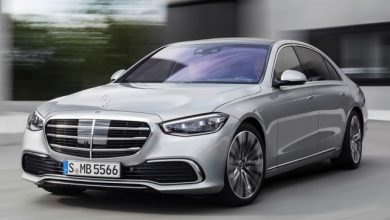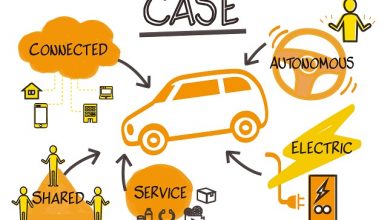Autonomous Mobility Led Smart Parking Trends
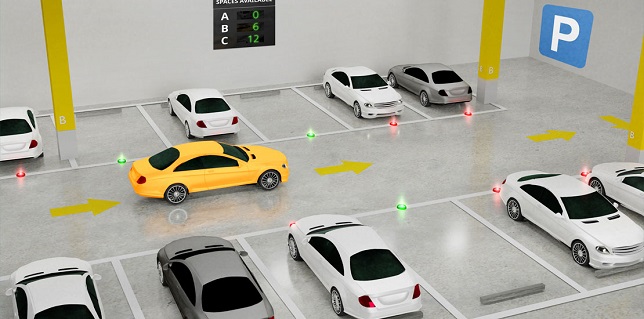
Autonomous vehicles with smart parking technology have seen significant interest and demand over the past two decades. As per various reports, in the journey to achieve full autonomous vehicles parking specific solutions will be deployed earlier as compared to autonomous driving. The automated parking system market is estimated to grow at a CAGR of 13.1% from 2019 and 2027 to reach USD 3.6 Billion by 2027, as reported by marketsandmarkets.
Consumers constantly look for features that enhance comfort, safety and reduce time while parking in constrained spaces. Business providers for residential complexes, offices, supermarkets, malls, and retail shops are constantly looking for effective parking space utilization, better control of traffic flow through the parking lots, and eliminating queues for parking.
These factors have contributed to an influx of smart parking technology in the automotive industry, hence the demand for solutions that cater to various needs.
Challenges & Current Trends
As per SAE levels of automation, there are 6 levels of automation. Level 0 requires maximum human intervention with the least automation, and Level 5 requires no human intervention with the highest automation, hence meeting the requirement of a truly autonomous vehicle.

Currently, they are multiple smart parking solutions available in the market. However, most of these solutions are still at Level 2, with some players at Level 3+. Even though multiple Level 2 smart parking solutions exist in the market, these solutions do not provide an architecture that can be easily scaled, customized, and quickly deployed to the market.
The advent of technology megatrends like CASE has disrupted the automotive industry. As we move forward, there will be a requirement for continuous exchange of information between vehicles and infrastructure, requiring ultra-low latency and high bandwidth networks. Over the past decade, there has been a continuous upgrade of cellular networks, and 5G has been the latest cellular network. The introduction of 5G will significantly impact autonomous vehicles and, henceforth, significantly improve smart parking technologies. CASE has also resulted in demand for increasing computation power and hence the requirement for distributing computation between vehicle and cloud. Upcoming years will see a gradual transition where software within the vehicle will be updated over-the-air (OTA). In order to facilitate this, the software has to be modular, allowing upgrades of individual components.
The above factors lead OEMs and Tier 1s to migrate to next-gen in-vehicle architectures of domain consolidation, domain fusion, high-performance vehicle computers, and vehicle cloud computing.
Hence, OEMs and Tier 1s are constantly looking for quick-to-deploy market solutions to address all the challenges listed above and adapt easily to upcoming automotive trends.

Proposed Solution
Smart parking solutions need to have the capability to utilize the onboard sensors and interact with smart parking infrastructure in real-time; to monitor available parking slots and assist in parking without causing any discomfort to the driver and damage to the vehicle.
To address the above needs, smart parking solutions need to have a modular and scalable architecture that can be quickly deployed to market by doing minor customization based on different parking environments, geographic regions, parking infrastructure support, existing sensor configuration on the vehicle, and SAE level of automation. Additionally, the same solution should be easily scalable to autonomous driving. The below diagram provides a generalized architecture of an autonomous vehicle with smart parking technology.
Realizing the need for such architectures, Tata Elxsi’s smart parking is one such solution which addresses all the above needs. As part of this solution, four smart parking approaches are packaged in a single solution.
- Park by Memory: Aimed at making frequently used routes and parking procedures more convenient (Ex. Home, Office)
- Parking Slot Detection: Intelligent parking solution to assist the driver in figuring the availability of the slots by detecting slot lines and checking occupancy of the spaces. Utilizes existing sensors like surround-view camera and ultrasonic sensor on the vehicle.
- Infrastructure Parking: Infrastructure parking solutions utilize sensors mounted on infrastructure in conjunction with vehicle sensors, thereby reducing the number of onboard sensors on the vehicle
- Autonomous valet parking: An intelligent valet parking solution targeted for Level 4+. This solution can be used in conditions where parking infrastructure support is unavailable.
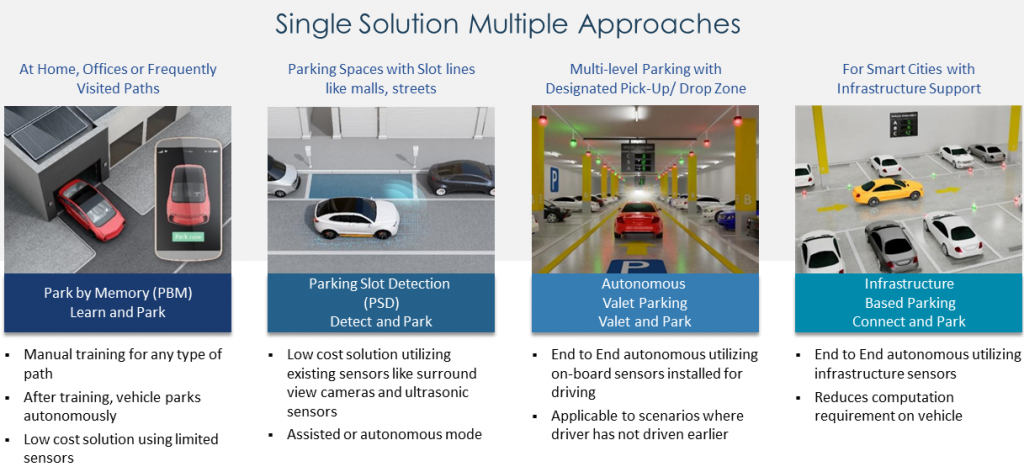
We propose a phased deployment approach based on the availability of vehicle-mounted sensors and parking infrastructure support.
Conclusion
A smart parking solution will help resolve traffic congestion and make parking smoother for the driver. In addition, OEMs and solution providers have been focusing on various features providing improved comfort and safety features in a vehicle in response to consumer demands.
Deployment of multiple smart parking solutions in the market looks to be in the near future, with multiple players expected to be ready with such solutions.
Even though these solutions are ready for deployment, we need to keep in mind how the current smart parking architecture will meet the upcoming trends of CASE, new cellular networks, OTA, next gen vehicle architecture, and the final goal of achieving autonomous driving.
OEMs/Tier 1s will find smart parking software architecture by Tata Elxsi as an efficient and cost-effective solution suited to efficient platform development.
With a collaboration of different automotive industry giants, government organizations, private companies – smart parking technology with an efficient architecture could be the next big thing.
References
- https://asset.tataelxsi.com/smart-parking-tataelxsi-whitepaper
- https://www.youtube.com/watch?v=OqIn-t9o48Q
Authors:

Jyotsana Singh
Senior Technical Architect in the AD/ADAS
Tata Elxsi
Jyotsana is a Senior Technical Architect in the AD/ADAS domain, responsible for leading key projects and acting as SME for multiple projects. She is in charge of mentoring and upscaling engineers to work on such futuristic projects through training programs. Additionally, she is responsible for identifying the automobile industry’s future direction and developing technology plans for customizing or introducing new solution accelerators in autonomous mobility.

Sunitha Misra
Senior Technical Manager in the AD/ADAS
Tata Elxsi
Sunitha Misra is a Senior Technical Manager in the AD/ADAS area, where she is responsible for anchoring end-customer projects and leading technical icebreaker discussions with new potential clients. Additionally, she is in charge of a large ADAS and AD team. Her forte is mentoring, up-skilling, and guiding the aspirations of engineers through meticulous design, assignment, and execution of training programs and projects. Additionally, she is a member of the organization’s key technical teams, which keep an eye on the latest breakthroughs in the automotive industry and plan the organization’s technology roadmaps in response to these new trends in ADAS and autonomous driving.
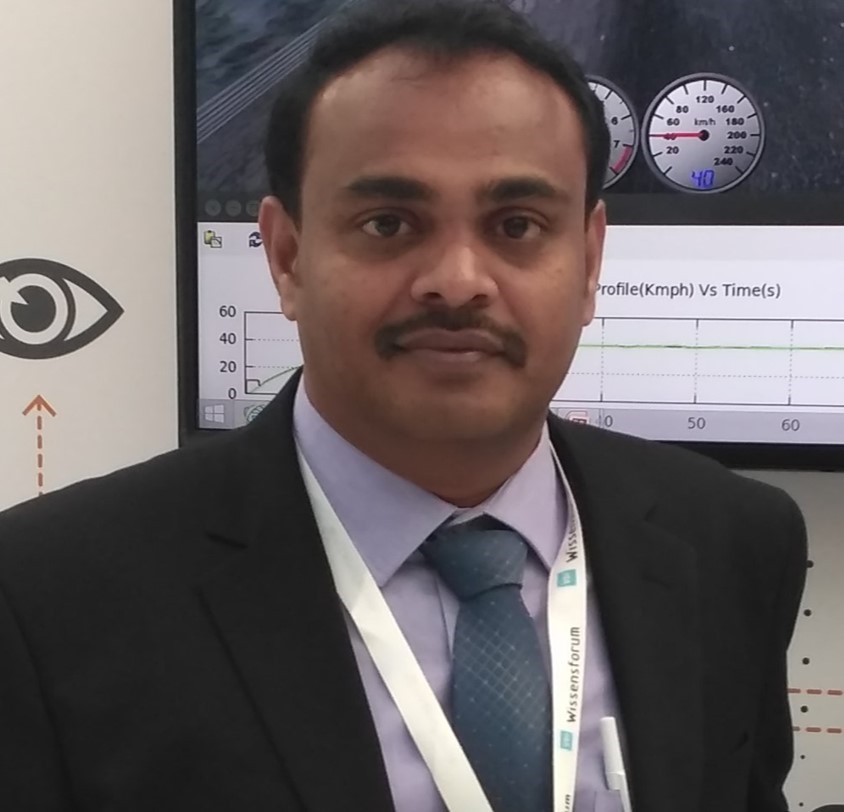
Gopinath Selvaraj
Senior Technical Architect for the Autonomous Driving & ADAS Practice
Tata Elxsi
Dr. Gopinath Selvaraj is a Senior Technical Architect for the Autonomous Driving & ADAS Practice. He is responsible for developing and testing Autonomous Driving and Advanced Driver Assistance Systems software solutions (ADAS). His research interests include autonomous driving, robotics, machine learning, intelligent automotive controls, and optimization. He is an IEEE senior member who has published 25+ papers in various international journals/conferences.
Published in Telematics Wire


